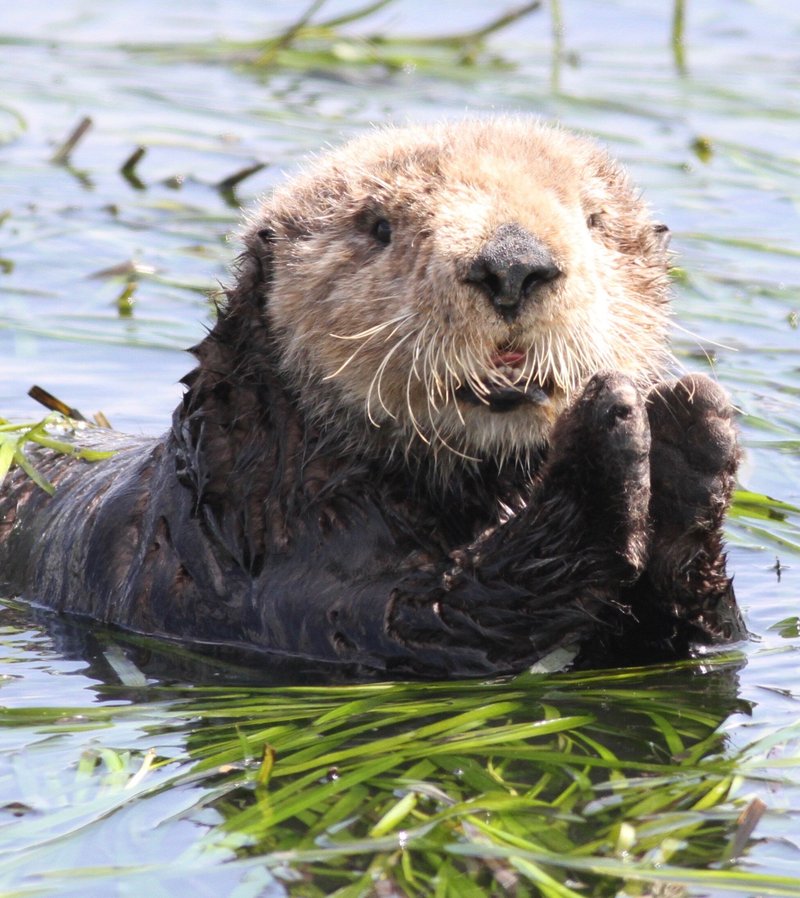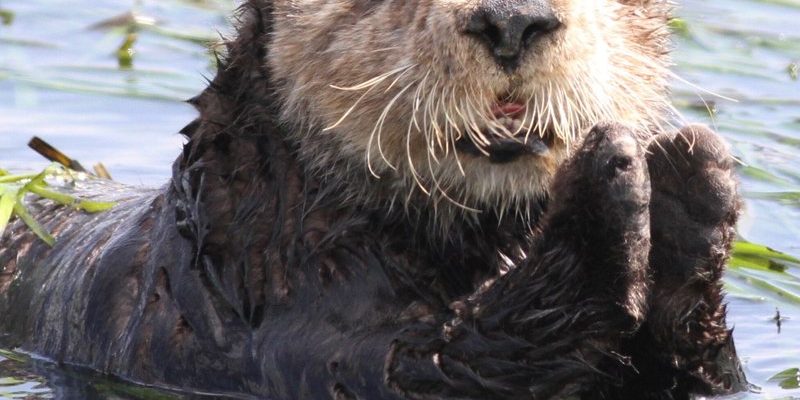
When you picture otters, you might think of those adorable faces peeking out of the water or the way they hold hands while they sleep. Unfortunately, not all otter species are thriving. Some are facing serious challenges that threaten their existence. The struggle for survival isn’t just a problem for otters; it reflects larger issues in our ecosystems, from pollution to climate change. By understanding what’s happening with otters, we can gain valuable insights into global conservation efforts.
The Current Status of Otter Populations
There are several species of otters around the world, each with its unique traits and habitats. The sea otter, for instance, is known for its thick fur and is often found along the coasts of the Pacific Ocean. In contrast, the river otter is more widespread, enjoying rivers, lakes, and wetlands across North America. Each species faces different threats, impacting their populations in various ways.
Many otter species are classified as either vulnerable or endangered. According to the International Union for Conservation of Nature (IUCN), the European otter is listed as near threatened due to habitat loss and pollution. Meanwhile, the giant river otter is endangered, primarily because of hunting and habitat destruction in South America. These varying statuses highlight how local issues can affect global otter populations.
You might be wondering why this matters. Healthy otter populations are crucial for maintaining balanced ecosystems. They help control fish populations and keep water environments healthy. When otter numbers decline, it can create a ripple effect, harming other species and the habitats they rely on.
Threats Facing Otters Worldwide
Otters encounter numerous threats that challenge their survival. One of the biggest issues is habitat loss. Urban development, agriculture, and pollution are changing the landscapes where otters live. Wetlands and rivers are being drained or polluted, limiting their access to food and safe breeding grounds.
Pollution is particularly devastating. Chemicals, plastics, and heavy metals can contaminate waterways, making them unsafe for otters and their prey. Imagine living in a world where your home and food are poisoned. For otters, this is a daily reality. Plus, they are at risk of ingesting toxins directly when they hunt for fish and crustaceans.
Another significant threat comes from climate change. Rising temperatures can lead to changes in water levels, which can alter otter habitats. Additionally, the melting of ice in polar regions affects sea otters that rely on cold-water environments. The effects of climate change ripple through ecosystems, creating unknown challenges for otters and other wildlife.
Conservation Efforts for Otters
Despite these challenges, there’s hope. Various conservation initiatives focus on protecting otter populations and their habitats. Organizations and governments worldwide are working together to develop strategies that support otter recovery. For example, the Sea Otter Recovery Plan in the United States aims to restore populations along the Pacific Coast.
These efforts often involve restoring habitats and working to reduce pollution. Clean-up initiatives target polluted waterways to make them safe for otters and other wildlife. In some areas, protected marine zones are established, providing safe havens for otters and allowing their populations to thrive.
Community involvement is also crucial. Local education programs help raise awareness about the importance of otters and the ecosystems they support. When communities understand the benefits of protecting otters, they often become advocates for conservation, leading to more widespread support for these efforts.
The Role of Otters in Ecosystems
Otters are more than just adorable animals; they play vital roles in their ecosystems. As predators, they keep fish populations in check, which helps maintain a balance in aquatic environments. When otters thrive, the benefits extend beyond their species, positively impacting diverse wildlife and plant life.
For example, sea otters consume a considerable amount of sea urchins, which can overgraze kelp forests if left unchecked. By controlling sea urchin populations, otters help keep kelp forests healthy, providing habitat for many marine species. Without otters, these ecosystems could face dire consequences.
Moreover, otters contribute to nutrient cycling in their habitats. As they hunt for food and move through the water, they help distribute nutrients, supporting plant growth and maintaining biodiversity. This interconnectedness demonstrates why protecting otters is essential for preserving entire ecosystems.
How You Can Help Otters
You might be wondering how you can make a difference for otters, even if you’re not a scientist or conservationist. Small actions can lead to significant changes. Here are a few simple ways you can help:
- Reduce Plastic Use: Limiting your use of single-use plastics can help reduce pollution in waterways, benefiting otters and other marine life.
- Support Conservation Organizations: Donating to or volunteering for organizations focused on otter conservation can help fund important recovery efforts.
- Advocate for Clean Water: Join campaigns that promote clean water initiatives and share information about the importance of healthy ecosystems.
- Learn and Share: Educate yourself and others about local wildlife and environmental issues. The more people know, the more action can be taken.
Every little bit helps, and raising awareness can inspire others to join the fight to protect these remarkable animals.
The Future of Otters: Hope and Challenges
Looking ahead, the future of otters depends on how we respond to the threats they face. Continued conservation efforts, community involvement, and global awareness can lead to positive changes. While some otter populations are struggling, others are showing signs of recovery thanks to dedicated conservation work.
Yet, challenges remain. As climate change progresses and habitats continue to be altered, it’s crucial for everyone—governments, organizations, and individuals—to prioritize conservation. Together, we can fight to secure a future for otters and the ecosystems they inhabit.
In conclusion, otters are not just cute animals; they’re vital for our ecosystems and indicators of environmental health. By understanding the challenges they face and the importance of conservation, we can all play a part in ensuring these playful creatures continue to thrive for generations to come. So next time you see an otter, take a moment to appreciate its role in nature and consider how you can help protect it.

